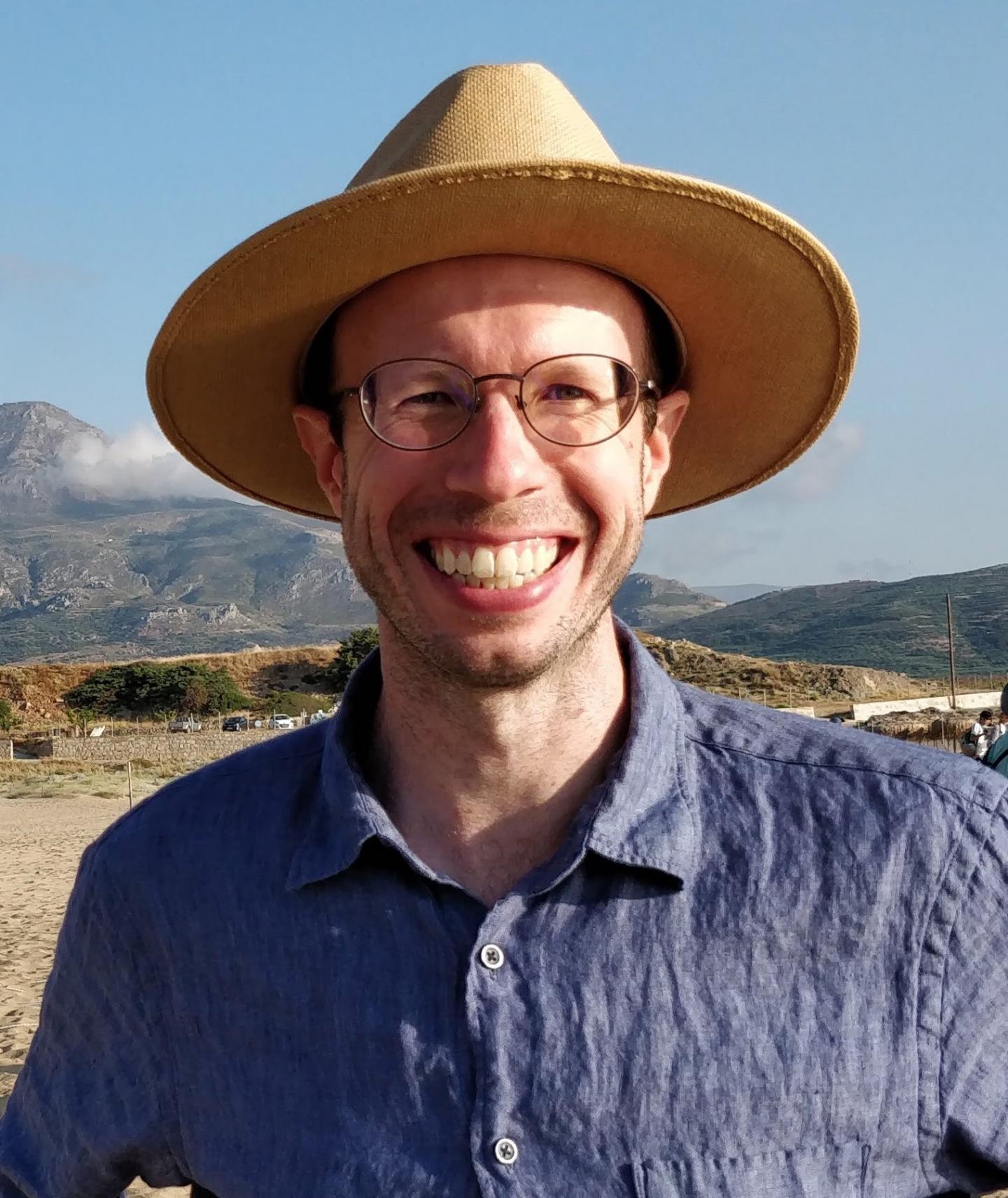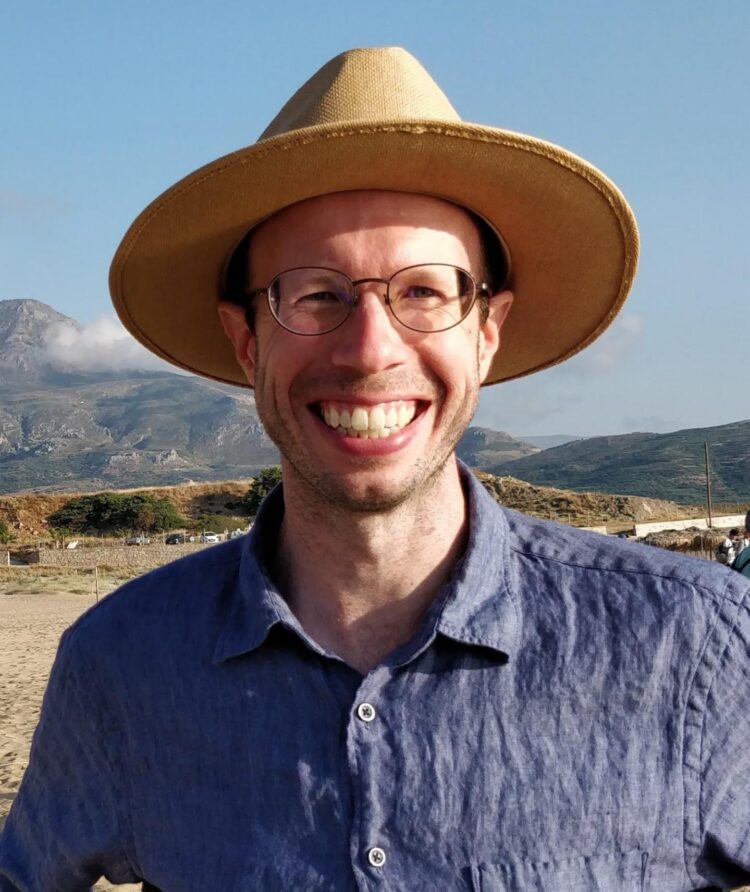
Credit: Matthew Kerr; U.S. Naval Research Laboratory
WASHINGTON — Imagine living in a large city. New York City, Los Angeles, or Washington. One morning you hear a siren off in the distance. You know the direction and that it was far away since it was just loud enough to hear. You wonder if it’s an emergency. What type of siren was it? Police, Fire, EMS? But you never hear it again. Time passes, then one night you hear another siren, then another, eventually hearing sirens all the time. So what does this have to do with science?
In 2007, a team of scientists found the first fast radio burst (FRB), then described as Lorimer Bursts, after combing through archived data from the Parkes Observatory, in New South Wales, Australia from July, 24, 2001. This extremely energetic burst originated in the Small Magellanic Cloud, about 200,000 light-years away, and was at that time thought of as a one-off event. Since then, scientists worldwide have detected hundreds of FRBs, with one identified within a galaxy approximately three billion light-years away. Scientist estimate there are about 5,000 bursts happening all the time, just like sirens in a large city.
Fast forward to 2019, Matthew Kerr, Ph.D., a research physicist at the U.S. Naval Research Laboratory, was part of an international team of astronomers and astrophysicists. The team was led by Keith Bannister, a research engineer at the Commonwealth Scientific and Industrial Research Organisation, Australia’s national science agency. They detected and localized FRBs using the Australian Square Kilometre Array Pathfinder (ASKAP), a radio telescope located in Western Australia.
“ASKAP has a new technology called a phased array feed, which has a tremendous field of view. And because it’s an interferometer instead of a single dish, it has an excellent angular resolution,” Kerr said. “So for the first time, more than just saying, ‘well, it kind of came from over there,’ we knew which galaxy the FRB came from exactly. We could say for the first time, it’s not terrestrial, it’s not coming from our Solar system or Galaxy; it’s extragalactic.”
Interferometers are investigative tools used by merging two or more sources of light to create an interference pattern, which can be measured and analyzed.
“Many astronomers have sought the origins of fast radio bursts since their discovery in 2007 [also reported in Science],” said Keith Smith, Ph.D., senior editor for Astronomy and Planetary Science at
Smith said the team Kerr was on applied novel hardware and software specifically designed to locate FRBs, successfully using them to detect and localize a burst that lasted just a millisecond, with superb precision.
“Their results provide vital information on where these mysterious events occur, and future observations will widely use this method,” he said.
NRL has also developed a similar capability on the Very Large Array (VLA) in New Mexico called VLA Low-band Ionosphere and Transient Experiment (VLITE) and VLITE-Fast. Recently it has also detected its first FRB, but the site is also vital for naval operations.
“With VLITE, you can measure the ionosphere, which is important for applications like over the horizon radar, which is of great relevance to the Navy,” Kerr said. “VLITE is also sitting on a powerful radio telescope, the VLA used for doing fundamental astronomy that also has some relevance to the Navy. We can study very distant radio sources which are used to create the reference frame that’s used for navigation by the U.S. Naval Observatory.”
For their research, Kerr and the team were recognized by the 2020 American Association for the Advancement of Science Newcomb Cleveland Prize for a discovery that improved the understanding of FRBs in distant galaxies.
“It was a bit of a surprise,” Kerr said. “There’s lots of amazing science going on. It’s humbling someone thought this was not only an incredibly cool result, but also very esoteric; was worthy of recognition out of all the things published that year.”
The prize presentation was done virtually during this year’s conference due to the ongoing COVID-19 pandemic. Kerr said receiving the prize will make him strive harder to do more, better, and impactful research.
“You know it’s always good to receive positive feedback, even just someone saying job well done,” Kerr said. “So, yeah, it’s nice to know that it is appreciated, so it does encourage you to work harder.”
Research and discovery is a team effort. Kerr said the international team and NRL team really made this prize possible.
“I should acknowledge Dr. Tracy Clarke and her team over in Remote Sensing at NRL who make VLITE possible,” Kerr said. “But everyone has contributed to this VLITE effort in trying to detect FRBs. Also to Keith Bannister, the first author on this paper who really had a vision for getting this done. So I give him a lot of props, and the rest of the team for making it happen.”
###
The winning study, “A single fast radio burst localized to a massive galaxy at cosmological distance,” published in the Aug. 9, 2019, issue of Science, can be found at https:/
About the U.S. Naval Research Laboratory
NRL is a scientific and engineering command dedicated to research that drives innovative advances for the U.S. Navy and Marine Corps from the seafloor to space and the information domain. NRL is located in Washington, D.C., with major field sites in Stennis Space Center, Mississippi; Key West, Florida; Monterey, California, and employs approximately 2,500 civilian scientists, engineers, and support personnel.
About the Newcomb Cleveland Prize
The Newcomb Cleveland Prize, American Association for the Advancement of Science’s oldest award, recognizes the author or authors of an outstanding paper published in the Research Articles or Reports sections of Science. To choose the winning study, the selection committee solicits additional peer reviews of finalist papers and judges them on impact in their field and wider, interdisciplinary significance. Papers published between June 2019 and May 2020 were eligible for this year’s award.
Media Contact
Paul Cage
[email protected]
Original Source
https:/





